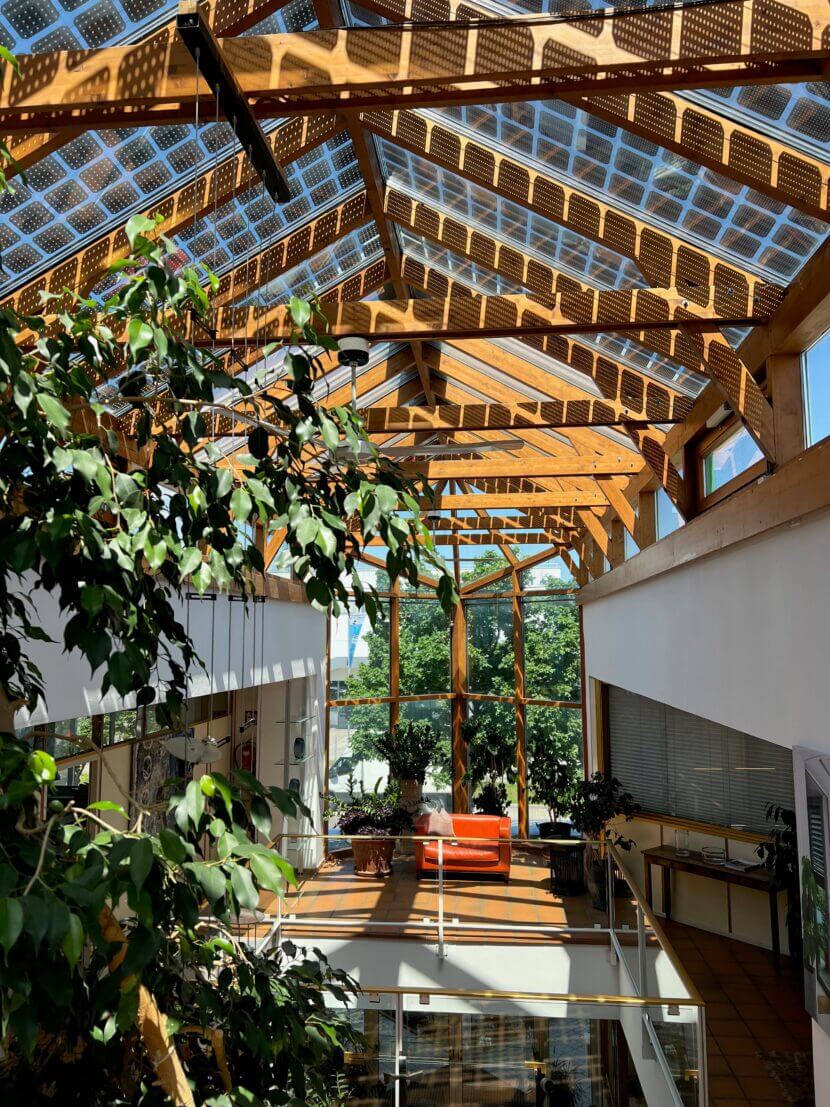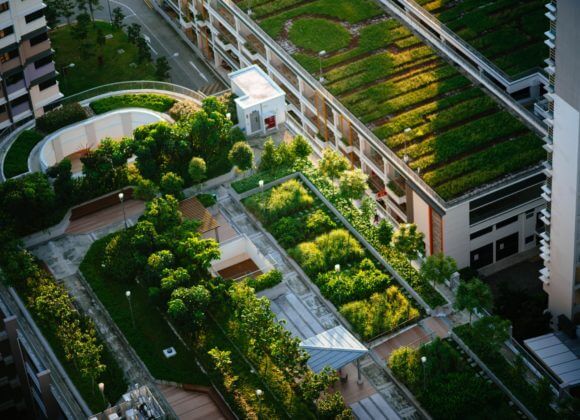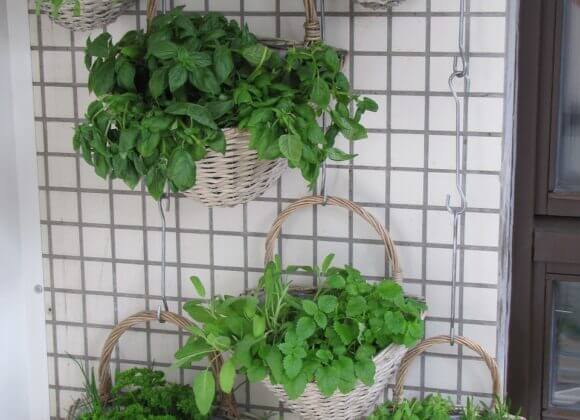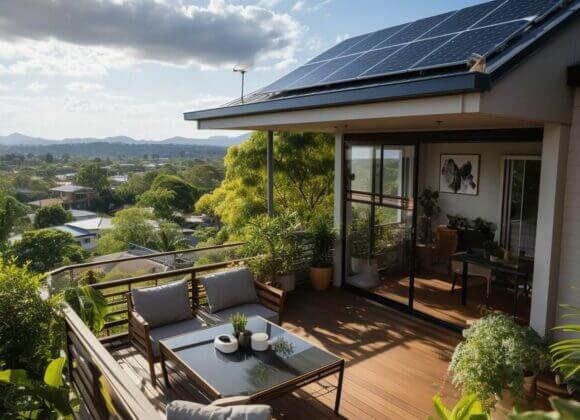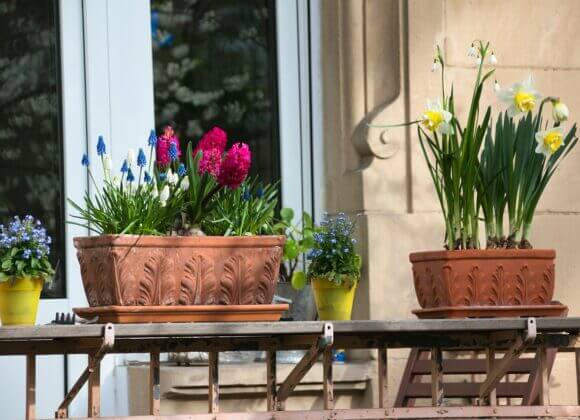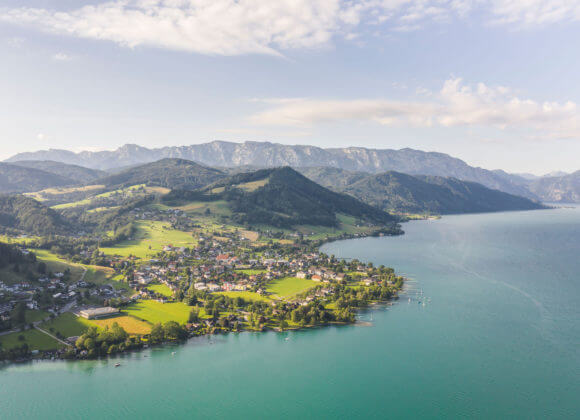Solar glass: self-sufficiency with a mini power station on the balcony
Solar glass is much more than “just” glass: it provides privacy and shade – and also supplies energy.
Rising energy prices and the fear of a blackout have awakened the desire for self-sufficiency in many a homeowner. More and more of them therefore want to harness the power of the sun for themselves. It is no longer just the roof of the house that is used as a solar power plant, balconies and facades are also increasingly becoming mini power plants.
Energy generation through solar glass
“Solar glass opens up a wide range of possibilities for using surfaces to generate energy,” says Daniel Gutlederer, Managing Director of solar glass manufacturer Ertex Solar. In addition, the modules made of laminated safety glass, in which a network of photovoltaic cells is integrated, not only supply electricity. “Depending on the arrangement of the cells, solar glass lets in more or less light and is therefore also suitable for privacy protection and shading,” explains Monika Thurnher, Managing Director of conservatory specialist Alco, which also specializes in solar glazing. Last but not least, the film blocks 99 percent of UV rays, Gutlederer adds.
Individual designs
This means that the solar glass modules, which are on average around twice as expensive as normal glass, are also suitable for roofing conservatories, terraces and carports, as well as fall protection for balconies, canopies and façades. Another advantage is the fact that solar glass can be supplied in individual designs.
Even colored versions are possible through the use of colored cells, colored foils, colored or printed glass. “So you not only have an environmentally friendly solution, but also an aesthetically pleasing one,” says Thurnher.
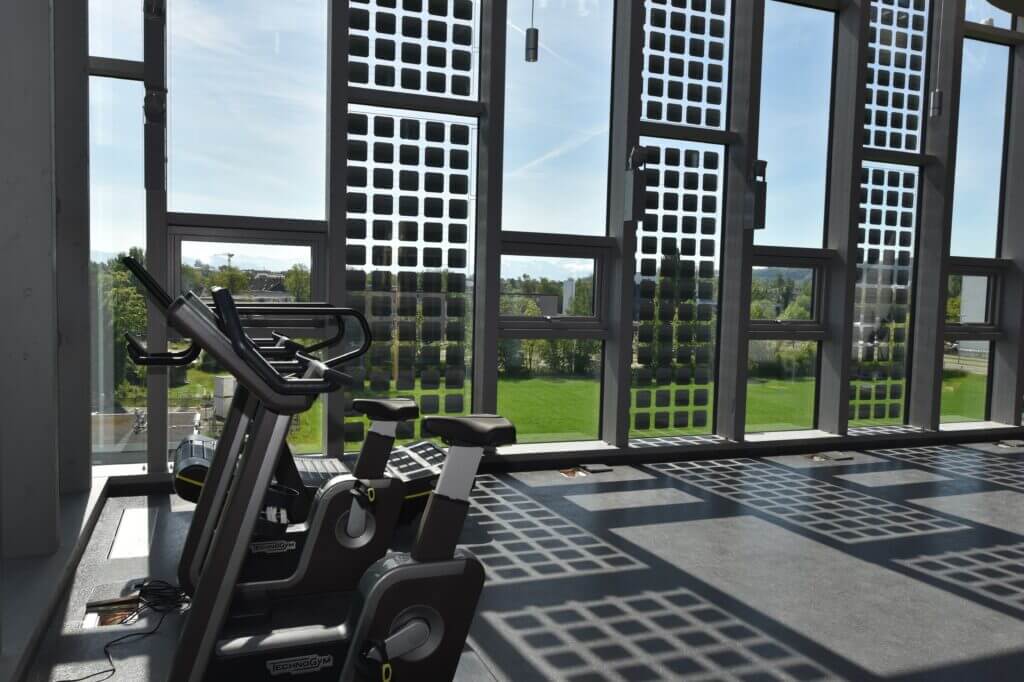
Simple assembly
The installation of solar glass is also relatively simple: the modules, with the connections on the edges, are plugged together and installed in a curtain wall, a
double skin or a canopy. A cable leads to the inverter or technical room. In snowy areas, however, the snow load must be taken into account when planning the roofing. Gutlederer: “In this case, the glass must be adapted to the structural requirements, otherwise you will end up with a renovation case after a few years. Ideally, you should contact a metalworker or glazier for advice on the design and dimensions.”
Solar glass can also be used in combination with conventional PV systems. “This makes economic and ecological sense. In conjunction with additional storage batteries, you can achieve further efficiency and, to a certain extent, independence from other energy sources,” Thurnher is convinced.
Photos: Alco_Ertex_Solar
Related posts:


